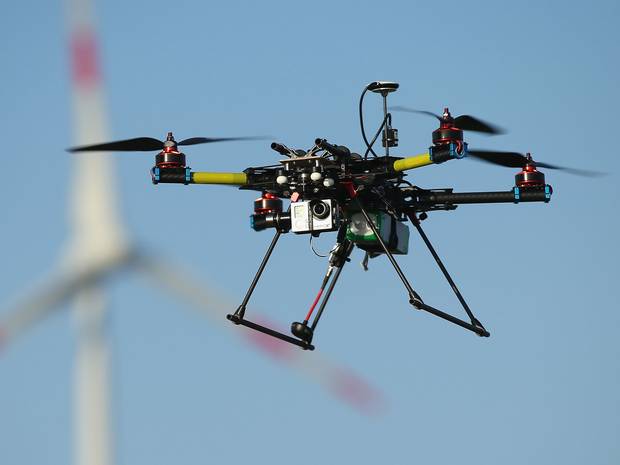Drone usage has become an exciting and innovative new technology used in journalism. It allows for new sorts of coverage, research and investigation that all other technologies in journalism simply cannot offer.
There is actually an organisation dedicated to drone use for journalism, called the Home of the Professional Society of Drone Journalists (PSDJ). It was founded in 2011 with the hopes of establishing ethical, educational and technological frameworks for drone use in journalism.
A study undertaken in the UK by DronesDirect.co.uk revealed that the media industry are front runners in drone usage. According to the study, the media industry took up 63% of drone usage in the UK in 2016. The main use of drones for media outlets was aerial photography or videography.
Drones have revolutionised media coverage of natural disasters, a key example of this is the coverage obtained by drones during the Louisiana floods in the US in 2016. Drone footage was posted alongside a small article on The Time US. The footage was immersive, confronting and informative. It revealed suburbs that were flooded that otherwise would not have been known. The public could truly understand and grasp the severity and scale of the flood because of this technology. This is an example of successful ‘dronalism’ as it resulted in disaster rescue relief services to help the areas that needed it and allowed people to understand the full extent of the disaster. Examples like this one, of helpful and useful drone usage for journalism, are part of the reasoning behind the US drone laws; the Federal Aviation Administration in the US allows journalists to use drones without a pilot’s license.
Another recent example of exceptional drone usage is the media coverage of the eclipse. Drone footage of the eclipse being published to news media sites allowed for mass amounts of people to experience the eclipse that otherwise wouldn’t have been able to. Various news outlets published drown footage of the eclipse with in the path of totality as it was arguably the most captivating. The content produced by ‘Time Science’ is particularly engaging as it’s quick and shows the most exciting moment of the eclipse. This is an example of how journalism can bring everyone together through story telling. By capturing the eclipse on a drone society has record of a monumental moment in history that is so unique and immersive that viewers almost feel like they were really there in the moment.
These two examples of drone use in journalism, for disaster relief and coverage, and the documentation of a beautiful moment in the sky prove how integral drone usage has become to journalism. The innovative technology enhances and improves journalism in countless ways, drone journalism, ‘dronalism’ is the way of the future for the industry.

